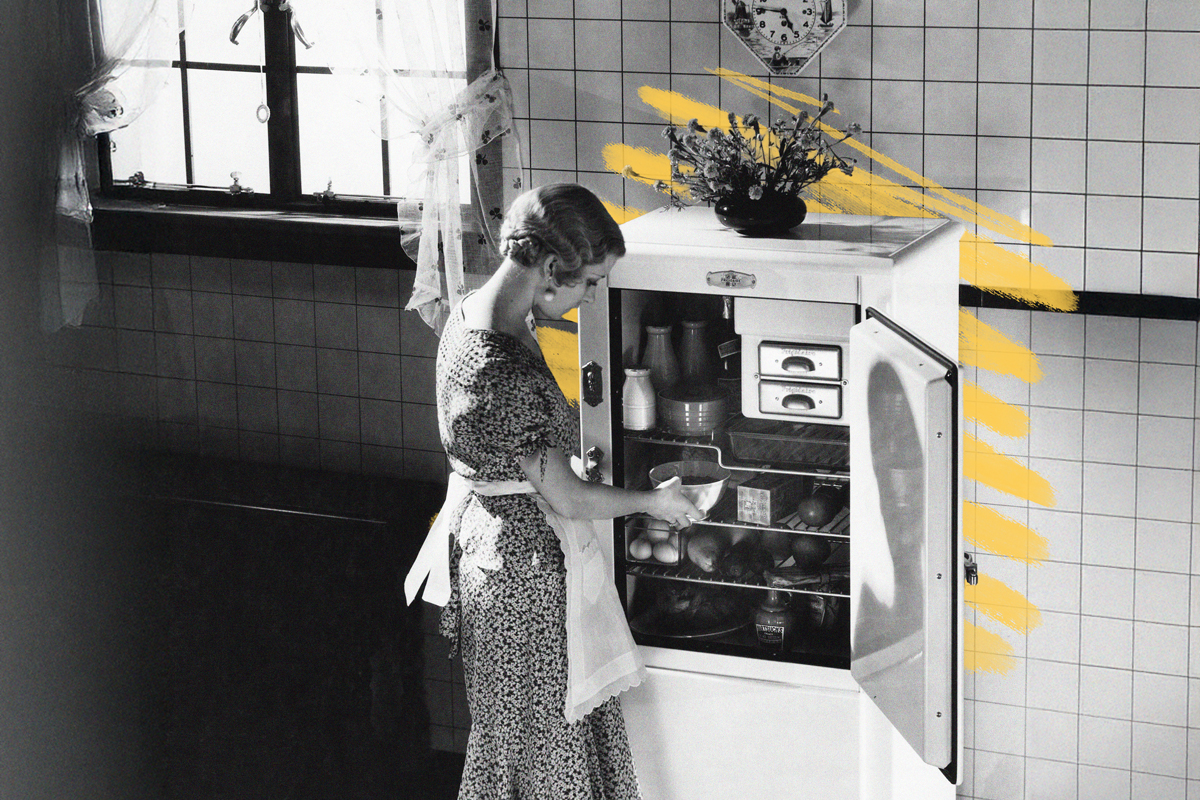Refrigerators used to be toxic.
Iceless refrigerators have come a long way since the 1920s, when they first became affordable for home kitchens. Since then, there have been many technological advances in refrigeration — including making sure your kitchen fridge doesn’t kill you in your sleep.
The basic cooling mechanism of GE’s 1927 Monitor Top model, widely considered the first affordable home refrigerator, was the same as that of most refrigerators today: Liquid gas refrigerant absorbs heat from the interior, turning it into a gas. The gas then travels through a compressor, which pressurizes the gas so it can turn into a liquid and run through the system again.
Unfortunately for consumers, the Monitor Top fridge used either sulfur dioxide or methyl formate for this process — both of which are toxic. The refrigerants were theoretically contained safely within the system, but if the compressor malfunctioned or the pipes eroded, it could cause a leak that released toxic gases into a home. Both sulfur dioxide and methyl formate have distinct odors, but that doesn’t help you much if you’re fast asleep.
Even before the Monitor Top, refrigerators in industrial settings and wealthy households frequently turned deadly; ammonia, which is both toxic and flammable, was a very popular refrigerant, too. Manufacturers eventually addressed the problem with the development of chlorofluorocarbons, better known as CFCs or Freons, in the 1930s. CFCs didn’t pose the same immediate risks as previous refrigerants, and they were the standard coolant in home refrigerators until scientists realized they depleted the Earth’s ozone layer and replaced them with more environmentally friendly chemicals.







